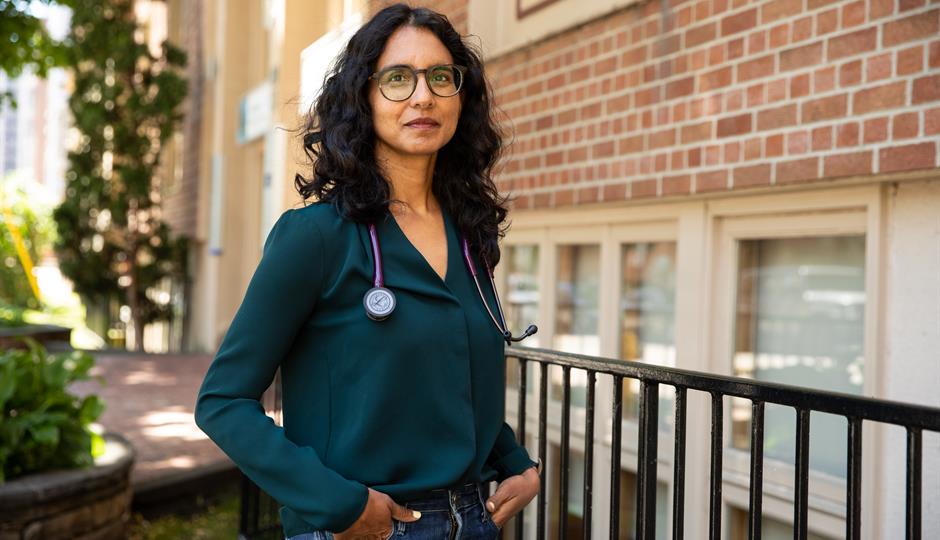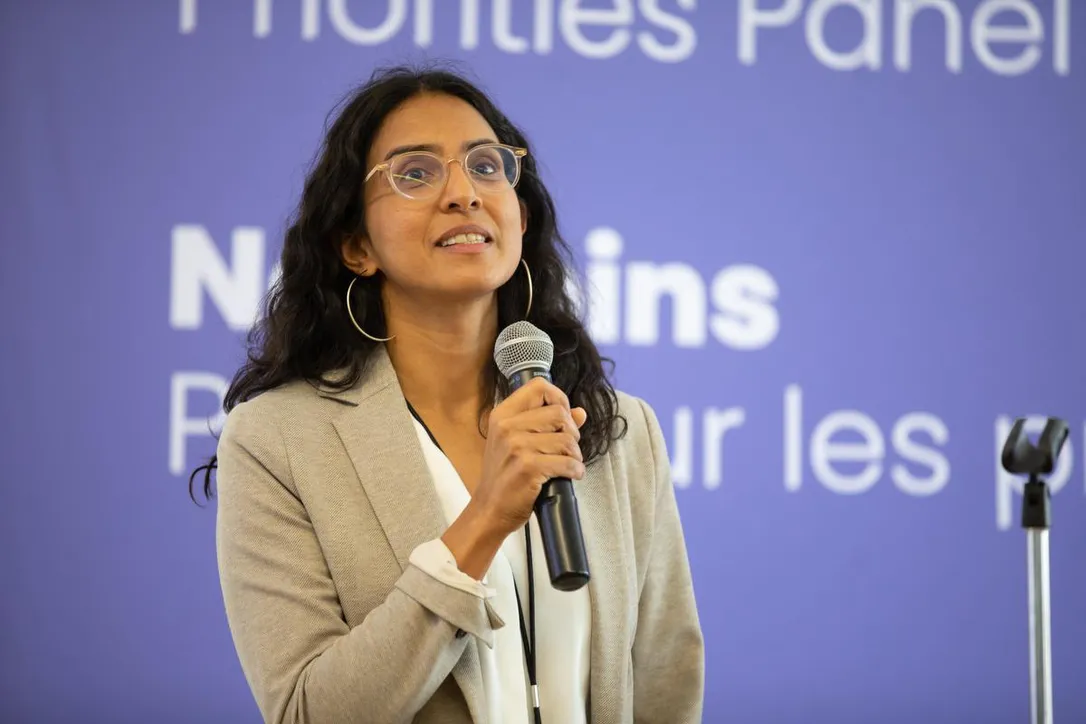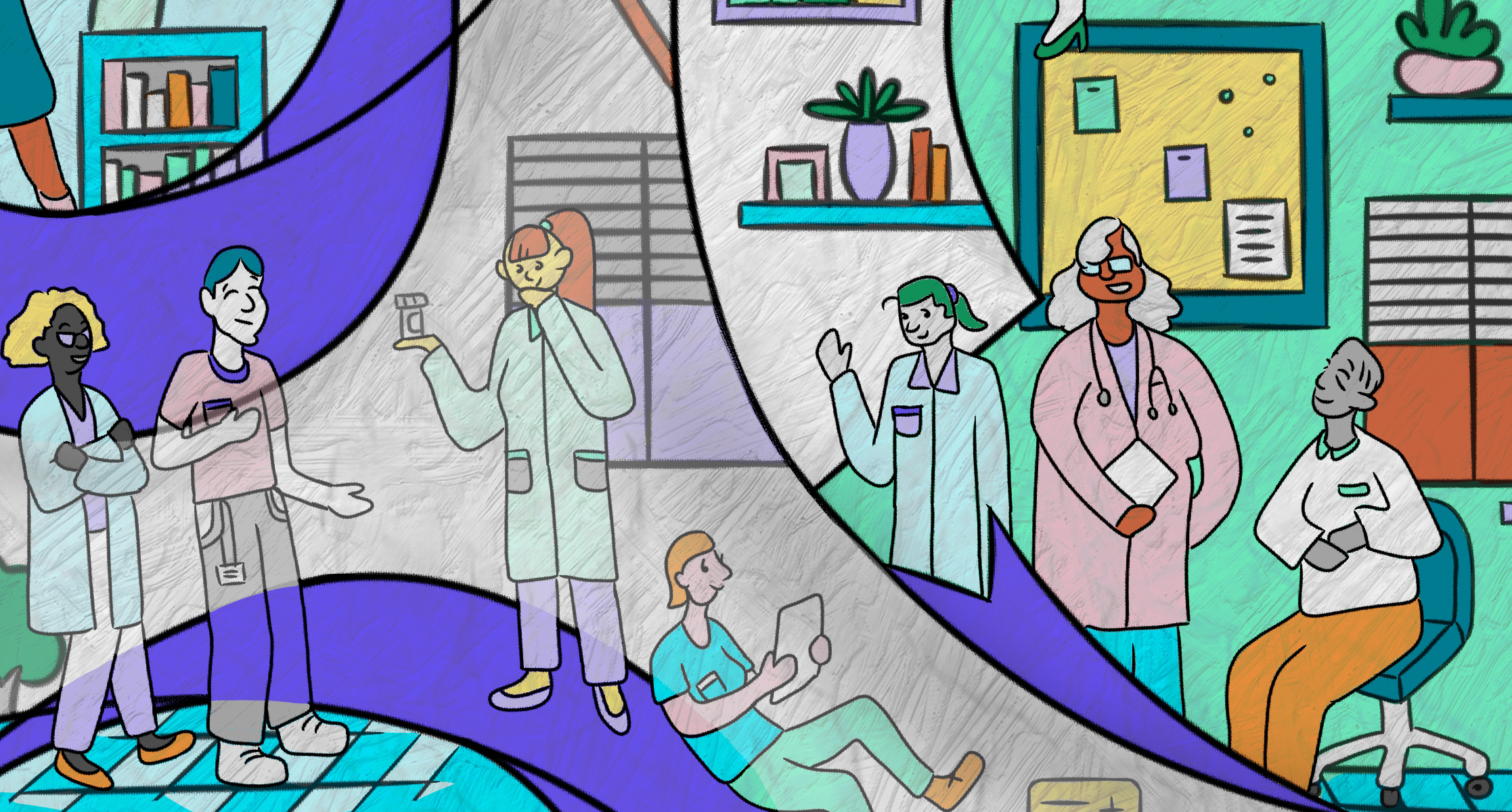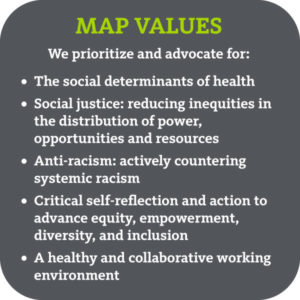From the Toronto Star article
The provincial government and the Ontario Medical Association have agreed to decrease payments to doctors for one-off virtual appointments — a move meant to stem the tide of virtual-only clinics and encourage doctors to provide comprehensive ongoing care to patients.
As of Oct. 1, the one-off virtual visits are being paid at a reduced rate of $15 to $20 when the “physician renders a service to a patient where there is not an existing patient-physician relationship,” according to the Physician Services Agreement.
“An ongoing relationship with a family physician is the foundation of a good health-care system as it provides both comprehensive care and continuity of care,” the OMA said in an email.
“This is significantly better quality of care than episodic walk-in services,” said the association, a reference to both virtual and in-person walk-in clinics.
The new fee structure is a departure from the pandemic, when temporary fee codes “paid physicians on par with face-to-face fee codes,” according to the OMA.
There is a range of fees charged by physicians. “The most common visit fee-code billed by family physicians is $36,” the OMA said.
Physicians who see their patients on an ongoing basis will continue to get paid the same amount for a virtual visit as an in-person one, as will specialists who see patients who get a referral.
But critics say the province’s new approach to the virtual fees is a disincentive for physicians who are adding capacity to the system by offering in-person care as well as virtual appointments to patients who aren’t their own.
“In the first few months of the pandemic, virtual care really skyrocketed,” said Dr. Tara Kiran, a family physician and scientist at St. Michael’s Hospital, Unity Health Toronto. “One of our studies found that virtual care increased 56-fold during those first early months of the pandemic.”
Kiran is also the Fidani Chair of Improvement and Innovation at the University of Toronto.
In Ontario, virtual care, mostly by phone, continues to account for more than 40 per cent of primary care visits.
The Ontario government set a target for a 60-40 ratio between in-person and virtual care for family doctors in the new Physician Services Agreement, although Kiran said that no one really knows what the right mix is.
But she did say that evidence points to better outcomes for patients who have an ongoing relationship with a family doctor.
“I don’t actually think you could get the same care when you see someone at a virtual walk-in clinic compared to your own family doctor,” said Kiran. “There are some very big differences. One is that they don’t have your personal and health history, either from personal knowledge or from your file. And that can result in different decisions than your family doctor might make, having known you.
“And there’s a lot of literature that supports how relationship-based care, care that is continuous with the same doctor over time, leads to better outcomes,” said Kiran, including better care for chronic conditions and preventative care, as well as lower emergency department use and even lower mortality.
Kiran is head of a project called OurCare, an online research survey that asks for input from Ontarians about their experiences with family doctors as well as their views on how to improve the health-care system.








